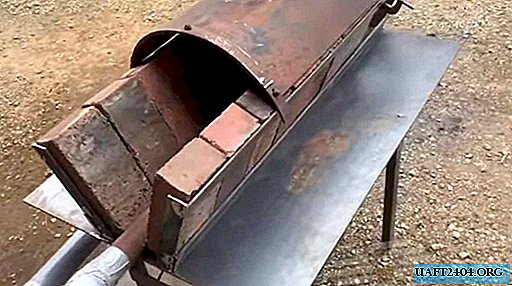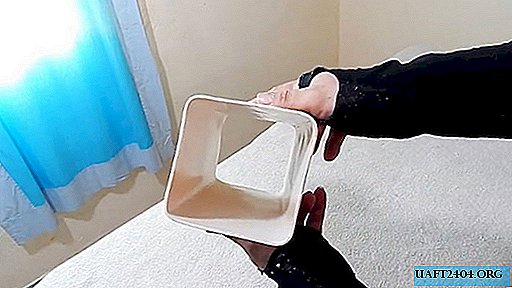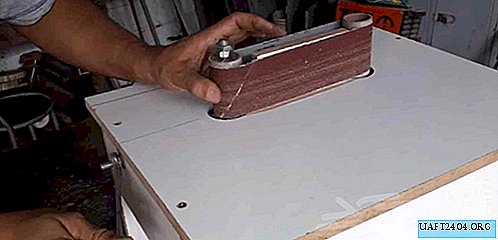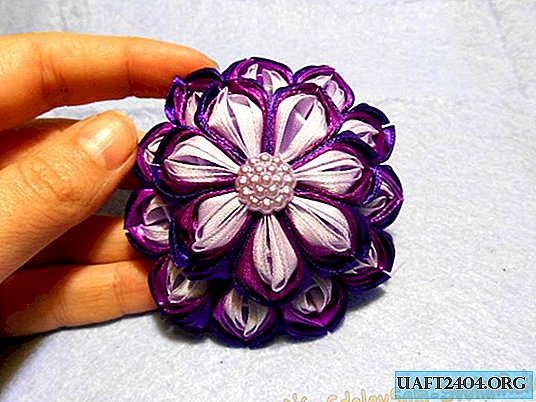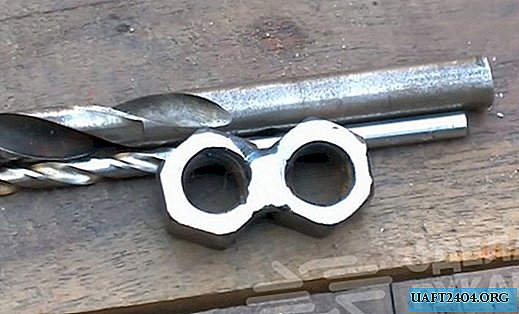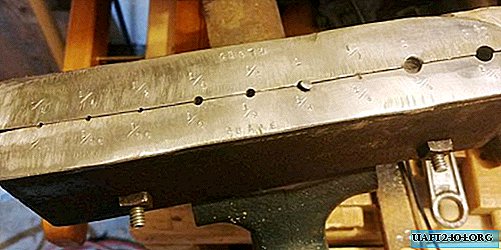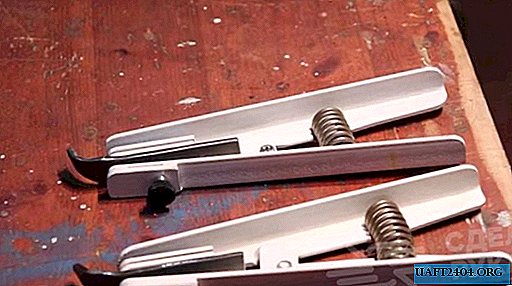Share
Pin
Tweet
Send
Share
Send
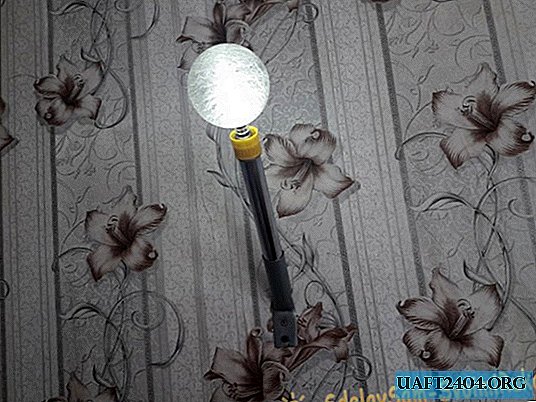
The suddenly failed external battery is not a cause for frustration, especially if only its microcircuit is damaged. Of course, this is the most important detail in this device, but if the batteries are not damaged (in many such devices 18650 batteries are often used) they can always be used. My external battery had six lithium-ion cells. Each of 4.2 volts and a capacity of 6800 mAh.

At least that was what was stated on the label. Without a measuring device, I took them to a friend, check. Measurements showed a capacity of 4300 mAh, which is also very good. As for the voltage, the label did not lie - 4.2 volts. At the same time I asked to identify a breakdown of the device itself. After making sure that the reason is in the microcircuit, and the batteries are not damaged or damaged, I quickly found them in use. I decided to make a wall lamp independent of the outlet (fortunately, the battery capacity allows it to work in such conditions). By connecting three batteries in series and receiving 12.6 volts at the output, for the sake of interest, I connected to them a 12-volt LED bulb from an old chandelier. The effect is quite impressive - in the first seconds I was blinded. The light is incredibly bright. At least the chandelier was not so bright. The bulb itself, for some reason, almost does not heat up, which is rather strange with such light output. It's strange, because I know that LEDs also have the property of heating up, with a large brightness of the glow. Take at least a flash in the phone, if you use it as a flashlight ... But this plus, which suddenly opened, prompted me to think of such a lamp - it works for a long time, it heats up a little, I glow brightly! Let's proceed to the assembly.
Will need
- A piece of metal pipe with a diameter of 30 mm and a length of 210 mm.
- Three batteries 18650, voltage 4.2v. (You can use four batteries at 3.7v. But then you have to lengthen the handset-tube by an appropriate distance)
- 12-volt LED light bulb and a cartridge to it.
- Internal and external hollow threads M10x1.5 (such are used in chandeliers, sconces, table lamps and other electrical appliances).
- 15 mm locknut.
- End cap with external thread 15 mm.
- Thread from a plastic bottle.
- Two caps from a plastic bottle.
- The plastic itself from the bottle (flat, with an area of 200 × 150 mm).
- Spring
- Tin-lead solder and flux.
- Thin wire from the headphones.
- Heat shrink tube 3 mm.
- Aluminum wire with a section of 2-3 mm.
- Seconds glue.

Tool:
- Sander.
- Scissors.
- Stationery knife.
- Sandpaper.
- Round file.
- Drill.
Lamp manufacturing
First, prepare the lamp housing. It will be from a metal pipe. After we have cut the necessary piece, we will process the edges with emery cloth and a round file, so that we won’t get hurt by burrs during work. Now, using a tie made of aluminum wire and knitting needles, we press the lock nut to one of the ends of the pipe.

We process with a flux and put on top, closer to the joint, a piece of tin-lead solder. We heat this design on a gas stove.

Carefully so that the solder does not fall. Upon reaching the required temperature, the molten solder itself spreads around the joint. Now let’s cool it all. We remove the screed. The result was such a blank:

We cut the field grinder from the plug so that it is flush with the body. Although, you can leave it if you are too lazy to mess around. Just if in the future the lamp will be inserted into the bracket on the wall, these fields can interfere. Now let's deal with the bottom cover. We take a plug for 15 mm, drip into the flux, put the same spring there, put solder and repeat the procedure with heating.


It turned out the bottom cover of the lamp, through which we will insert the batteries. And now the top cover. The plastic cut from the bottle is rolled up with a tube and inserted into the prepared thread from the same bottle. This plastic tube, in addition to the insulation function, will also serve as a filler so that the batteries do not dangle and do not rattle inside the case when the lamp is moving. Solder a small wiring to the edge of the case from the inside (for the minus, which will be on the mass).

We pass this wiring between the thread and the plastic tube and insert this tube into the body.


We drip a little second glue, for fidelity, on all joints of plastic. It turns out such a case with a thread:

Next, we glue the two cooked bottle caps together between the bottoms and drill a 10 mm hole in them in the middle.


Now we take the hollow thread from the chandelier and, having cut the plug out of brass or copper, solder the plug to the thread. This will be a positive contact. We drill a 3 mm hole in this thread for the negative wire, which we soldered to the mass.


We insert this thread into the hole of the glued covers and screw on the other side a thick washer with an internal thread.


We pass the negative wire from the mass into the resulting through hole in the threads and wind this entire structure onto the body.

Now, solder the minus to any of the contacts of the cartridge, isolate it.

We clean the second contact of the cartridge and, pressing it to the thread of the cartridge, we screw the cartridge into the thread of a thick washer.

We remove the sticking-out remnants of the wire. Thus, we got an external metal case - this is a minus, and an internal assembly of threads is a plus. The lower cover will play the role of the switch by turning it in one direction or another. We shorten the spring to the required length, which allows you to get a closed chain when the cover is completely tightened, and the chain breaks when the cover is slightly loosened. We insert the batteries and use. If there are suitable small plafonds - you can use. By the way; This lamp is also easy to fit under the flashlight. It is enough to cut off the upper part from any plastic bottle along with the thread, glue it from the inside with a shiny self-adhesive film (well, or foil, as a last resort!) And screw the resulting reflector onto the internal thread of the case remaining on the glued caps.


The lamp turned out good. Powerful. As you can see in the video, it shines perfectly even in natural daylight. You can take it with you on outdoor recreation with an overnight stay. I still have three more batteries that I keep charged. They charge quite quickly - 3-4 hours, and can work more than 7 hours. And to buy such is not a problem, if that ...
Well, in the bracket, for attaching to the wall, you can make a piece of pipe, a little larger diameter than the lamp housing.

See the full operation of the flashlight in this video.
Share
Pin
Tweet
Send
Share
Send

